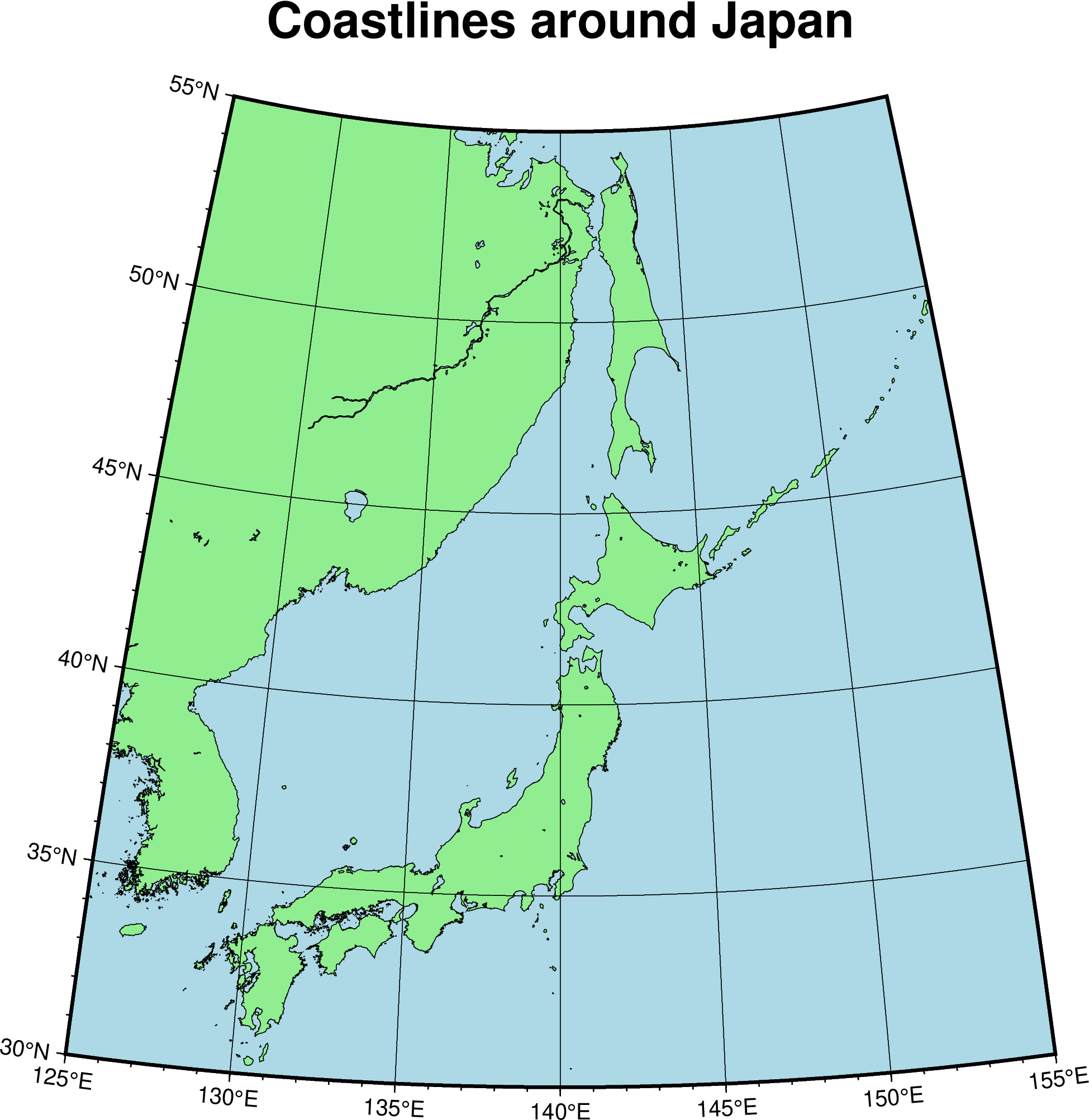🌍 GMT for Geodesy Short Course
Contents
🌍 GMT for Geodesy Short Course¶
🌠 Quickstart¶
To run these notebooks in an interactive Jupyter session online, 🖱️ click on the button below to launch on regular Binder.
Alternatively, you can go to a specific tutorial page, hover over the rocket 🚀 icon on the top right, and click ‘Binder’.
Note
If you see an error like toomanyrequests: You have reached your pull rate limit, you can try this Pangeo Binder link instead as a backup, though it
will require a GitHub account to work:
💻 Running the notebooks locally¶
If you prefer to run the 🧑🏫 tutorials with a local installation of GMT, then follow along! For this UNAVCO short course, we recommend creating a virtual conda environment and installing the required software inside.
Tip
For users comfortable with using git, feel free to ⬇️ download or
clone the repository containing the short course materials directly using
git clone https://github.com/GenericMappingTools/gmt-for-geodesy.git
Here’s the instructions to install the gmtforgeodesy environment:
Ensure that you have the
condapackage manager installed (e.g. viaminicondaor Anaconda). You can also usemambawhich tends to be a ⚡ faster alternative.Make a folder called ‘gmt-for-geodesy’. This will be where you will put all the Jupyter notebooks and data files 🗃️ used in the short course.
Download a copy of the ‘environment.yml’ file which contains a 📄 list of dependencies required to run the tutorials in this short course. Get it at https://github.com/GenericMappingTools/gmt-for-geodesy/blob/main/environment.yml.
Run the following commands on the 🧑💻 command-line to create the virtual environment
cd /path/to/gmt-for-geodesy conda env create --name gmtforgeodesy --file environment.ymlOnce the installation is completed 🏁, launch Jupyter Lab as follows:
conda activate gmtforgeodesy jupyter lab
This should open up a page in your default browser. If not, you can click and open the 🔗 link that says
http://localhost:8888/lab?token=...in your command-line terminal and this will will take you to the Jupyter Lab page.Download the Jupyter notebook(s) you want to run (e.g. https://www.generic-mapping-tools.org/gmt-for-geodesy/first-figure.html) using either the download button on the ↗️ top right (select ‘.ipynb’) or from GitHub at https://github.com/GenericMappingTools/gmt-for-geodesy/tree/main/book. Make sure to put the *.ipynb file(s) inside of the ‘gmt-for-geodesy’ folder.
Open the Jupyter notebook in the left-pane file browser, e.g. by 🖱️ double-clicking on
first-figure.ipynb. You are now ready to run through the course materials 🎉!
Note
If you’re intending to use GMT in another project outside of this course, please follow the official installation instructions at https://github.com/GenericMappingTools/gmt/blob/master/INSTALL.md
Acknowledgments¶
The structure and much of the content in this repository are based on the EGU22 PyGMT short course.
Specific lectures in this short course are reformatted from past GMT for Geodesy short courses:

